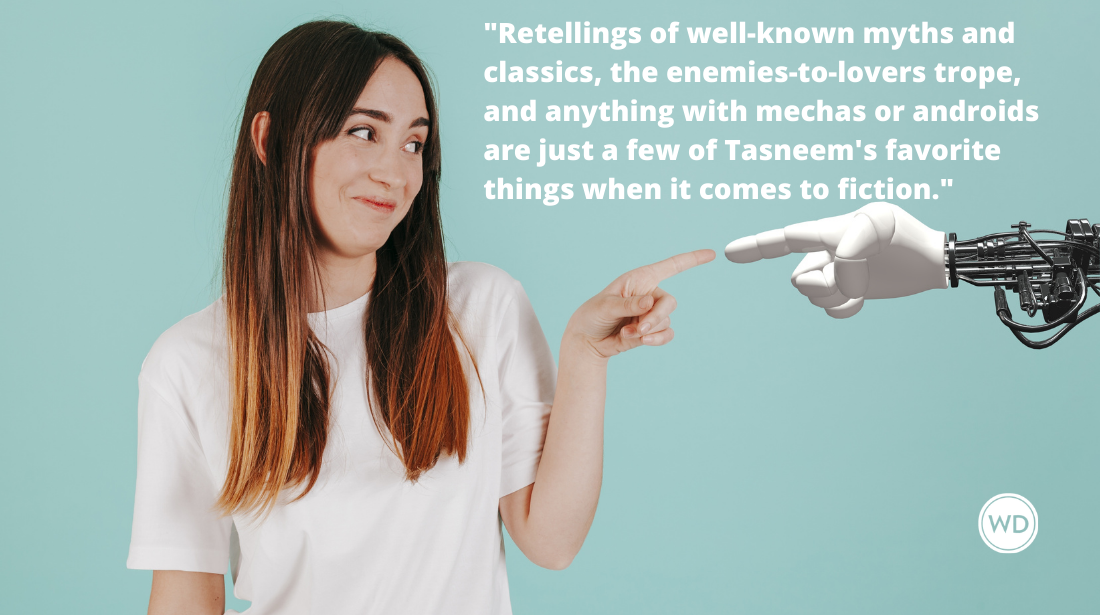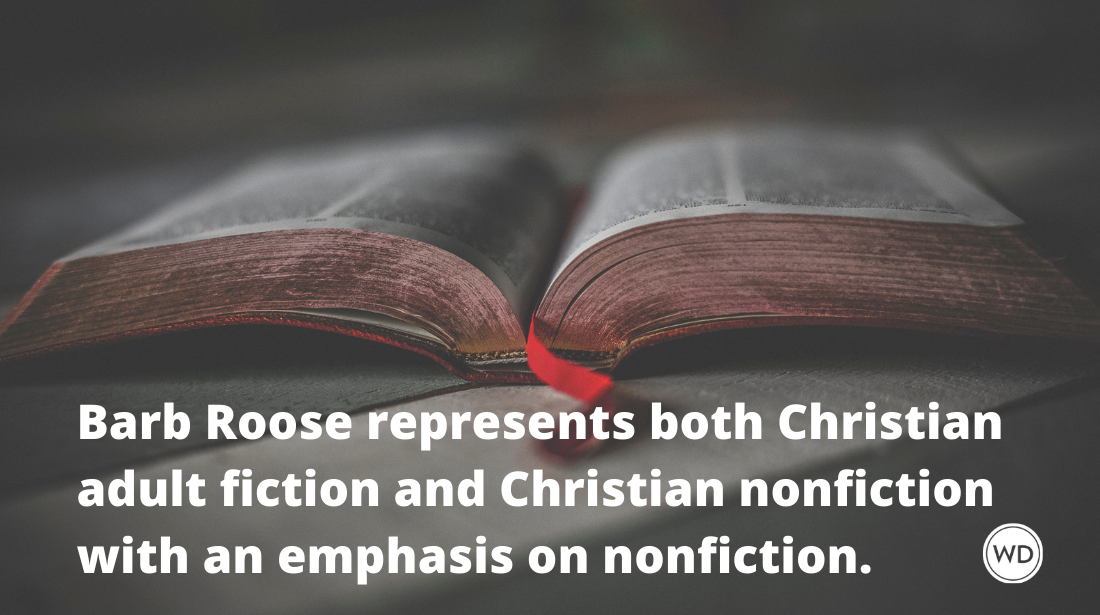How I Got My Agent: Ellen Bryson
“How I Got My Agent” is a recurring feature on the GLA blog. Some tales are of long roads and many setbacks, while others are of good luck and quick signings. Ellen Bryson‘s book, The Transformation of Bartholomew Fortuno, comes out in June 2010.
"How I Got My Agent" is a recurring feature on the GLA blog. I find it fascinating to see the exact road people took that landed them with a rep. Seeing the things people did right vs. what they did wrong (highs and the lows) can help other scribes who are on the same journey. Some tales are of long roads and many setbacks, while others are of good luck and quick signings.
Order a copy of Ellen Bryson's The Transformation of Bartholomew Fortuno.
REJECTIONS TRICKLE IN
When it came to finding an agent, I was not well prepared. I didn’t realize how many good web sources there were to answer questions; I didn’t do much research, and I never once wrote a good query letter. Mostly, though, I couldn’t find an agent because my manuscript wasn’t ready. It took me years to finish a full draft—sometimes working steadily, sometimes not at all. I plugged away, enrolling in a Masters program to keep me working and, thanks to some really great teachers, help me improve. Eventually, I felt ready enough to send the manuscript to writer friends of mine and writer friends of others—anyone who was willing and able to give me usable advice. I rewrote, and unwrote, and rewrote again.
Finally, I felt I could reasonably say The End. Out went the manuscript to an agent that someone had told me might be a good fit. Back it came with a ‘no thanks’ but, generously, with notes. I took the notes very seriously and rewrote to try to answer points raised. Out it went again, this time to an agent I had researched and found to like the same kind of books that I liked. Back it came again, this time with nothing but a form letter. I sent it again and again—the results more or less the same.
These rejections weren’t fun. It didn’t matter that I knew it wasn’t personal. But I didn’t mind going back to the manuscript. Quite honestly, rewrites were work I really liked. In the work, I had control. It was the agent search that I found difficult. It all seemed so magical to me, and I did not feel like the hero of my story.
BRANCHING OUT
Deciding to try another tactic, I went to the writer’s colony Breadloaf, a humbling experience but my first chance to “pitch” in front of an agent. Talking about my manuscript to a professional was both nerve-wracking and instructive. It made me nervous. I did it anyway. And I left with a request from an agent to send her what I had when I felt it was finished. Wow, what a show of interest can do to renew one’s you-can-do-it sense of things. It took nearly a year before I felt ready to send her a partial and then, lo and behold, the whole thing at her request.
In a meantime, I sucked it up again, this time going to a local writers conference. I’m not particularly social, and events like this weren’t easy for me. But at this conference, I got lucky. I met a writer much further along the path than I was. In a moment of generosity, he said, “I’ll take a look at your manuscript if you want me to.” I loved him! Then, when he suggested I send it to his agent, I was utterly beside myself. Since I hadn’t heard from the Breadloaf agent who still had my manuscript, and as she had not asked for an exclusive, I figured, what the hell. His agent turned it down.
YES, YES, YES!
My friend then suggested another agent he knew: Mollie Glick. Why not? I sent Mollie a quick e-mail, telling her who I was and who had recommended me. After reading my first three chapters, she asked to see the full manuscript. On the day before Thanksgiving, Mollie called to tell me she liked the manuscript, but asked if I was willing to work on it. Yes, I said. Yes, yes, yes!
It took two more years of back and forth, including six months of research, until Mollie was happy with it. I dreaded her editorial letters but understood the points she was making and did my best. The big changes I had to do alone, but both of us did line-editing for misspellings, dropped or repeated words, and flabby writing—all the painstaking stuff. After that, it didn’t take long for the manuscript to sell. That moment was, well, wonderful!
So what did I learn through all of this? I learned that it takes what it takes. A manuscript is never done, but it needs to get to a certain point before anyone will be able to see it. Because I didn’t know what finished meant, I sent it out too early. I sent to only one agent at a time even though no one asked me for an exclusive. As a result, I often waited many months to hear back. Finally, and this is what an author friend of mine said: It's not a real book until the professionals get a hold of it. But that’s another story.
This post is an online exclusive complement to a spotlight on Ellen in the March/April 2010 issue of WD.
Ellen Bryson's book, The Transformation of Bartholomew Fortuno, comes out in June 2010. The story follows Fortuno, the world's thinnest man, as he's hired by none other than P.T. Barnum to work at a spectacular American museum. See Ellen's website here.







